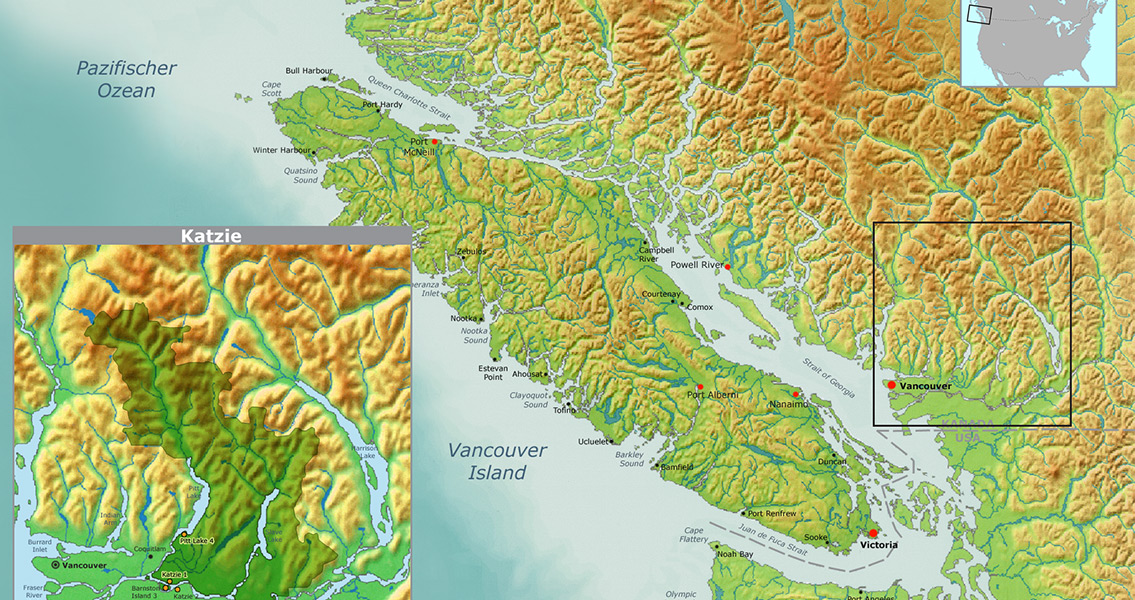<![CDATA[The first evidence of wetland agriculture to be discovered in the Pacific Northwest is hundreds of blackened potatoes, known as Wapato tubers, or Indian potatoes. The ancient crop was unearthed at the site of a prehistoric garden located in British Columbia, Canada, on land owned by the Katzie First Nation, a Native American group. 3,800 years ago the garden was submerged in an ecologically diverse wetland. There are signs that sophisticated gardening techniques were in practice at the site, including water flow that had been engineered to more effectively grow the potato-like plant. An archeological team from Simon Fraser University (British Columbia) and the Katzie Development Limited Partnership discovered the garden during road construction in the Katzie First Nation territory, near the Fraser River, east of Vancouver, British Columbia. For centuries prior, the site had been under water, preserving the plants along with approximately 150 wooden tools that would have otherwise disintegrated with time. The ancient Katzie were a longhouse society, meaning the same residence was shared by all the family members. They wore clothing made from a woven material made from goat hair and cedar bark among other things. They used stone, wood and bone tools, handcrafted for fishing, hunting and woodworking, and had diets consisting primarily of fish, game, shellfish and seal. The site had been divided into two sections, a dry section where the people would have lived, and the wet section where people had arranged stones in a tight-fitting “pavement” that covered more than 40 square meters of the submerged ground. In total, 3,767 whole and fragmented ancient tuber plants were counted by the research team. The wooden tools had been carved with wide, rounded tips, like the shape of a modern trowel, and would have been used to dig out the tubers. Today, wild Wapato tubers can be found growing in wetland areas across the United States and southern Canada. Although the Wapato plant was an undomesticated crop, the chestnut-sized potato’s starchy flesh played an important role in the indigenous people’s lives, they’re even mentioned in a few of the earliest accounts of the people and cultures living in the Pacific Northwest. For example, Meriwether Lewis and William Clark were offered Wapato roots while they were in an indigenous village near where Portland, Oregon is today. William Clark wrote in his journal that the Wapato tuber looked similar to a "small Irish potato", and once cooked, had "an agreeable taste and answers very well in place of bread." The uniformly sized and tightly packed rocks suggest to the team of researchers that the deposit was man-made. Wapato tubers can grow deep into the ground, an artificial "pavement" made from rock would have been used to control how deep the root penetration could be, allowing the people harvesting them to more readily locate the root and pull them out of the mud and muck. The site, which radiocarbon testing has revealed to be at least 3,000 years old, was abandoned 3,200 years ago. The study has been published in the journal Science Advances. ]]>
You Say Potato and I Say 3,899 Wild Wapato Potatoes
